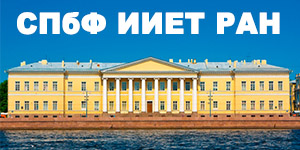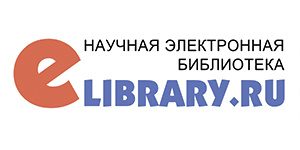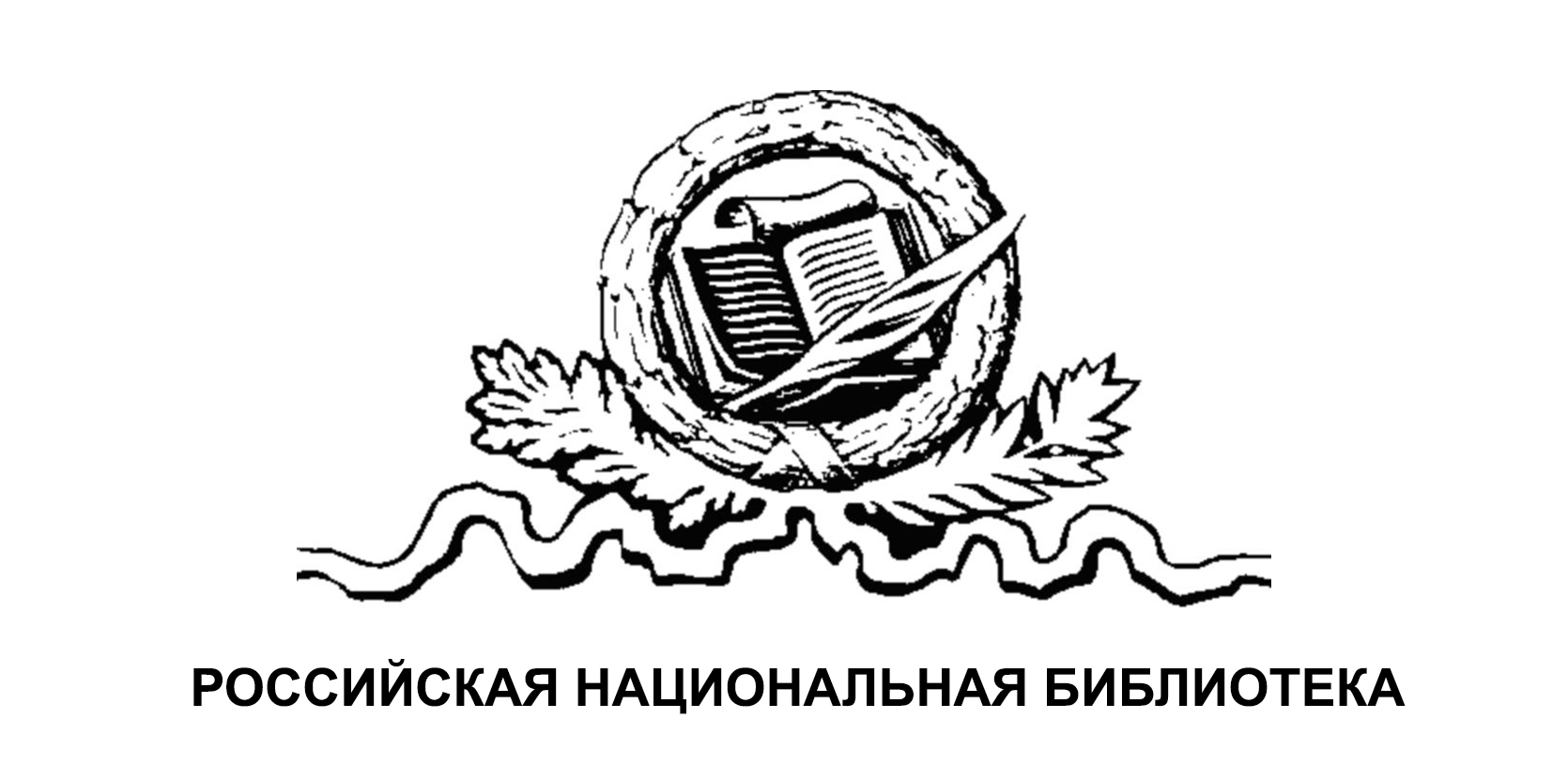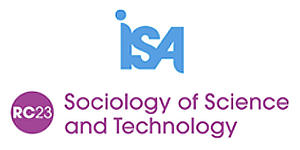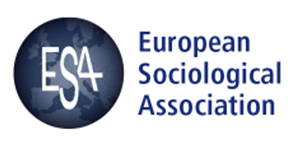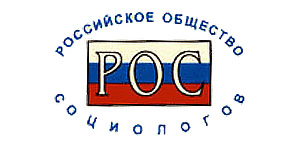Чисто английская карьера (почему английские интеллектуалы XVII века стали изучать природу?)
Игорь Сергеевич Дмитриев
Музей-архив Д. И. Менделеева Музейного комплекса Санкт-Петербургского государственного университета.
КЛЮЧЕВЫЕ СЛОВА:
КАРЬЕРНАЯ ТРАЕКТОРИЯ, АНГЛИЙСКАЯ НАУКА XVII В, ЛОНДОНСКОЕ КОРОЛЕВСКОЕ ОБЩЕСТВО, РОБЕРТ БОЙЛЬ, РОБЕРТ ГУК, CAREER TRAJECTORY, ENGLISH SCIENCE IN XVI CENTURY, ROYAL SOCIETY OF LONDON, ROBERT BOYLE, ROBERT HOOKE
АННОТАЦИЯ:
В статье рассмотрены начальные фазы карьерных траекторий двух выдающихся английских ученых – Роберта Бойля (Robert Boyle; 1627-1691) и Роберта Гука (Robert Hooke; 1635-1703). Цель работы – выяснить, как формировались научные карьеры в условиях, не способствовавших развитию интереса к изучению природы (по крайней мере, в социально значимых масштабах) и при отсутствии социопрофессиональной ниши для научных занятий. Показано, что кроме некоторых объективных условий периода Реставрации, научной карьере Бойля и Гука способствовали также их персональные (личностные) особенности: в случае Бойля – хорошие материальные условия, талант, интеллектуальная дистанцированность от современников, умение соединить натурфилософский и этико-религиозный дискурсы, владение искусством назидательной риторики, отвечающей потребностям страны и вписывающейся в идеологические императивы эпохи; в случае Гука – талант, трудолюбие, необходимость зарабатывать на жизнь, статус незаменимого мастера эксперимента. Большую роль в становлении Бойля и Гука как людей науки («экспериментирующих философов») сыграл их интеллектуальный микросоциум, то есть окружение, которое стимулировало и поддерживало их научные интересы и практики. Для Бойля таким микросоциумом стал круг лиц, общавшихся с С. Хартлибом (Samuel Hartlib; ок. 1600-1662) (так называемый «круг Хартлиба»), для Гука – оксфордские натурфилософы, некоторые из которых также принадлежали к «кругу Хартлиба». Кроме того, в отличие от М. Хантера, я исхожу из того, что начало систематических научных исследований Бойля было не результатом его «обращения» в 1649 г., но процессом, занявшим несколько лет и прошедшим определенные стадии.
ОПИСАНИЕ НА АНГЛИЙСКОМ ЯЗЫКЕ:
True English Career (Why the England Intellectuals of the XVII Century Started to TEARN the Nature?)
Dmitriev Igor S.
D. I. Mendeleev Museum and Archives, St Petersburg State University
This article is the study of the initial phases of the career trajectories of two outstanding British scientists – Robert Boyle (1627-1691) and Robert Hooke (1635-1703). The aim of this work is to find out how scientific careers were formed in conditions that did not contribute to the development of interest in the study of nature (at least in socially significant scales) and in the absence of a socio-professional niche for scientific studies. It is shown that in addition to some objective conditions of the Restoration period, Boyle and Hook’s early scientific career was also promoted by their personal characteristics: in the case of Boyle – good financial means, talent, intellectual distancing from contemporaries, the ability to combine natural philosophical and ethical-religious discourses, mastery of art edifying rhetoric that meets the needs of the country and fits into the ideological imperatives of the epoch; in the case of Hooke – talent, diligence, the need to earn a living, the status of indispensible master of the experiment. An important role in the formative years of Boyle and Hooke as men of science (“experimental philosophers”) was played by their intellectual microsocium, that is, the environment that stimulated and supported their scientific interests and practices. For Boyle, such a microsocium was the circle of people who communicated with Samuel Hartlib (c. 1600-1662) (the so-called “Hartlib circle”), for Hooke – Oxford natural philosophers, some of whom also belonged to the “Hartlib circle”. In addition, unlikeM. Hunter, I proceed from the point of view that the beginning of Boyle’s systematic scientific studies was not the result of his “conversion” or “seismic shift” in 1649, but a process that took several years and passed certain stages.

